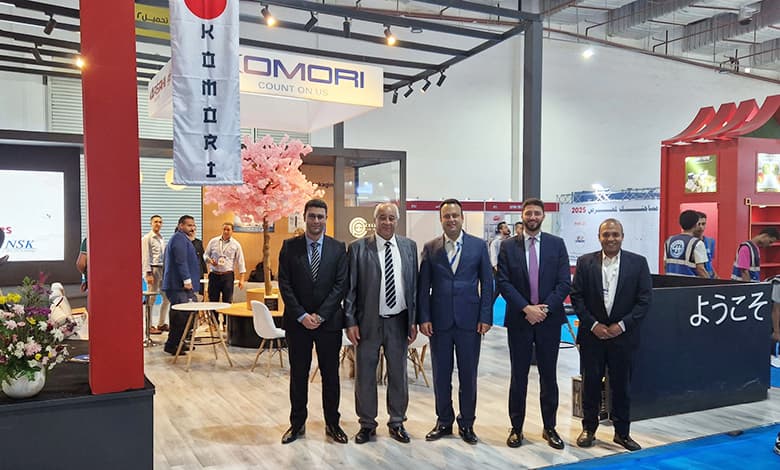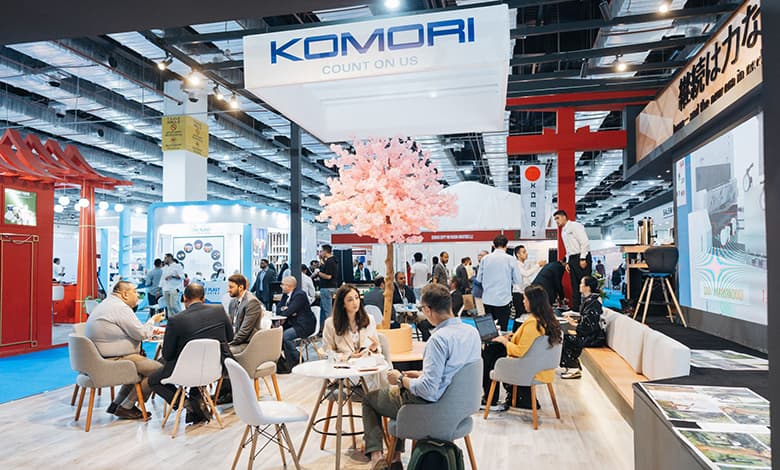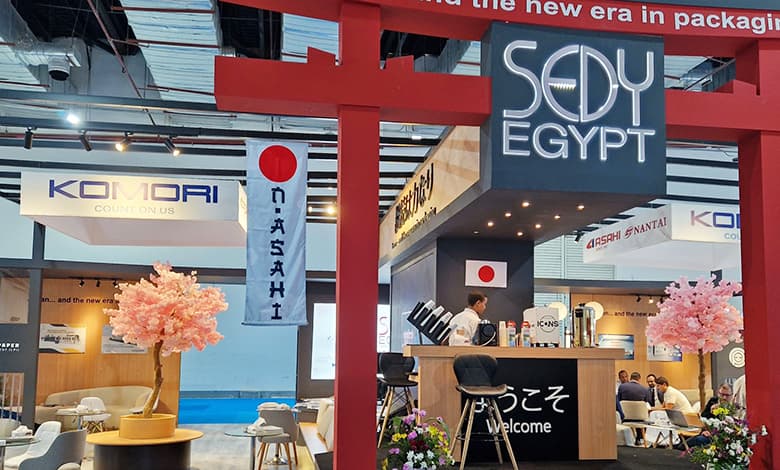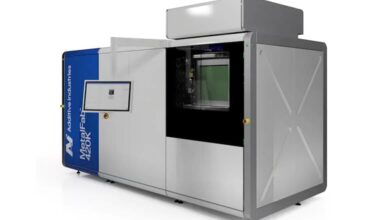Komori Partners Sedy Egypt for Succesful Show at Paper ME

Printing press manufacturer Komori announced a successful show at the recently concluded Paper Middle East in Cairo, Egypt.
Dedicated to the paper, corrugated board, paperboard, and tissue paper industries, the 16th edition of the exhibition was held on 8-10 September, 2024. Komori showcased their latest offset and digital printing solutions and technologies, opening new opportunities for a more efficient and sustainable printing.

Komori shared the unique Japanese-styled booth with Sedy Egypt, the Giza-based Komori distributor. Sedy Egypt sells a full and diverse range of industrial products including offset and digital printing and finishing machinery, production and finishing lines for corrugated board boxes, tissue machinery and converting, and paper and stock preparation equipment. Sedy also provides maintenance and support, technical consultation, and installation and commissioning.

Moez Jebali, Regional Sales Director at Komori International Europe, says, “Congratulations to our partner Sedy Egypt for the great participation. Overall, the event provided a great opportunity to learn about the developments of the printing industry in Egypt.”





